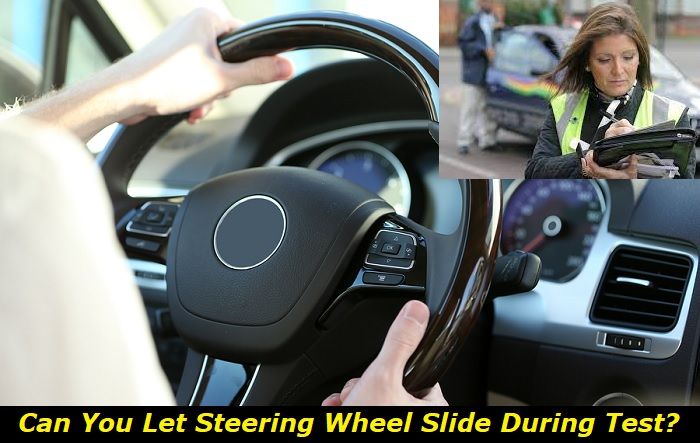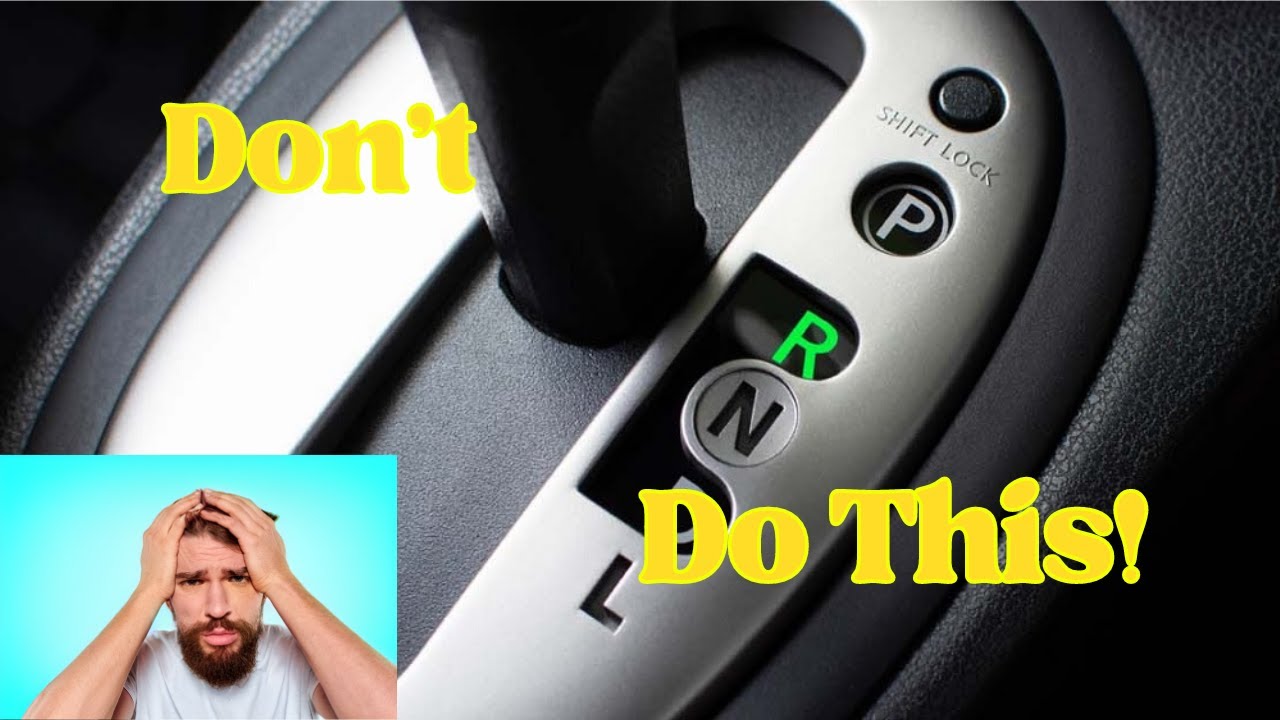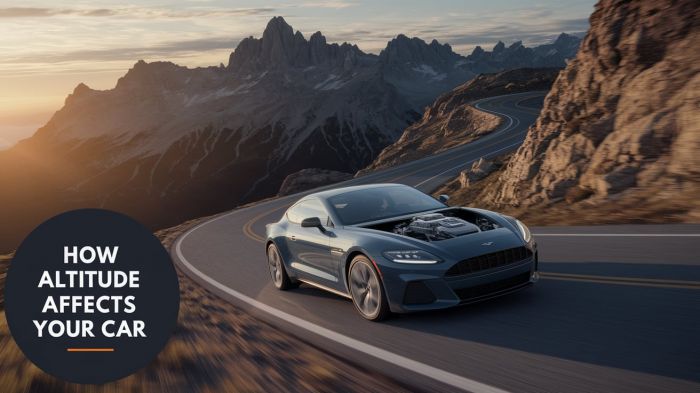It's no secret that motorcycles offer a unique and exciting way to travel. When it comes to long-distance riding, nothing beats the Yamaha Bolt. Or not?
The Yamaha Bolt is a cruiser-type motorcycle that was introduced in 2013 as a 2014 model-year unit. It is powered by a 942 cc (57.3 cu in) air-cooled OHV V-twin engine with a 5-speed transmission.
The Bolt has a retro look, with its teardrop tank and round headlight, and it has been praised for its handling and performance. However, there have been reports from riders about some problems that may arise when traveling long distances with it.

In this post, we'll discuss some of the most common issues people experience when traveling long distances on a Yamaha Bolt, such as:
- Engine Vibration
- Poor Fuel Economy
- Death Wobble
- Braking Problem
- Leak in the Crankcase
- Electrical Issues
- Uncomfortable Seats
Read on and we'll also throw in solutions to help you avoid these problems just in case you end up encountering them.
1. Engine Vibration
One of the most common complaints among Yamaha Bolt riders is excessive engine vibration. This can cause discomfort and even pain after extended periods, making long rides quite unpleasant.
- Cause
There are actually several factors that can contribute to engine vibration in the Yamaha Bolt. One possibility is that the engine mounts are worn out or damaged. This can cause the engine to shift around excessively, resulting in increased vibration. Another possibility is that the balance shafts are not properly aligned. This can also lead to some strange noises coming from the engine area. Bumpy roads make matters worse.
- Solution
Replace the worn-out or damaged engine mounts. This will help to stabilize the engine and reduce vibration. Another solution is to have the balance shafts realigned. This will help eliminate any misalignment that may be causing the increased vibration. If the coast is clear, avoid potholes and bumps along the way. Maintain a sensible speed always and avoid overrevving so you won't put too much stress on the engine.
2. Poor Fuel Economy
When it comes to long-distance riding, fuel economy is an important consideration for Yamaha Bolt owners. Unfortunately, many riders have complained about poor fuel economy when driving long distances. This can be a problem for riders who are looking to save money on gas.
- Cause
There are a few possible factors that could be contributing to the problem. Likely, the bike's engine isn't tuned properly. It could be that the bike's tires are inflated incorrectly, too. Bad road infrastructure or unfamiliarity with the road leading to your destination can make the travel time longer as well, which will result in more fuel consumption.
- Solution
Make sure that the bike's engine is properly tuned. See to it also that the bike's tires are inflated correctly. Then, always plan your itinerary well before going on a road trip. If you find yourself unfamiliar with the place you are in, consult the map on your smartphone or install a navigation app in it to help you reach your destination quickly.
If you happen to be driving an older model of the Bolt and it has already racked up the usual wear and tear, maybe it's time to update your bike. The 2021 Bolt R-Spec has been tailored for frugal riders claiming a fuel consumption of 51 mpg. You should check it out.
3. Death Wobble
Riders of the Yamaha Bolt have complained about the dreaded death wobble problem when driving long distances. This can be a serious safety concern for riders and other road users within the vicinity.
- Causes
A source of a death wobble is incorrect tire pressure. If your tires are underinflated, they can make the bike shake at high speeds. Another is an imbalance in the wheels, which can be triggered by uneven weight distribution or worn-out suspension components. Loose handlebars can cause the front end of the bike to shake also. The wheel bearings may be faulty as well.
- Solution
Check your tire pressure frequently and inflate them to the recommended PSI levels. Balance your wheels regularly and check your suspension components for wear and tear.
Likewise, check your handlebar bolts often and tighten them if they are loose. Install a hard mount kit consisting of flush mount or hard mount handlebars if the problem persists. After that, place a thick spacer on the bushings to hold them in place if they still appear to be loose. If you have identified wheel bearings as the cause of the issue, simply change them or get a better-quality aftermarket replacement for them.
If you're still experiencing death wobble after taking these measures, there may be an issue with your frame or forks. That's the time you'll need to take your bike to a qualified mechanic for further diagnosis and repairs.
4. Braking Problem
Riders of the Yamaha Bolt have complained about its braking problem when riding long distances. This can result in severe injury or even death during an accident, especially at high speeds.
- Cause
The primary cause of the braking problem in the Yamaha Bolt is due to its poor-quality brake pads. These brake pads could not withstand the heat and friction generated during long-distance rides, causing them to wear out quickly. As a result, riders have to constantly replace their brake pads, which can be quite expensive in the long run.
- Solution
There are several solutions to this problem. First, riders can switch to high-quality aftermarket brake pads that are designed specifically for long-distance riding. Second, riders can install a brake cooling kit, which helps to dissipate the heat generated by the brakes and prevent them from wearing out quickly. Riders can also adjust their riding habits and avoid making sudden or hard stops whenever possible.
5. Leak in the Crankcase
Riders have complained about the Bolt's leaking crankcase problem when riding long distances. This can affect the performance of your bike and its fuel economy. Leaks from the crankcase can also be a road hazard for pedestrians or your fellow riders.
- Cause
The first thing that you should check is the crankcase vent tube because it could be blocked or restricted, which would cause pressure to build up in the crankcase and eventually cause oil to be forced out through the gasket.
There could be an issue with the oil pump, too, which would cause oil to be pumped out of the engine and into the crankcase. This would additionally cause pressure to build up in the crankcase and eventually cause oil to be forced out through the gasket.
- Solution
This problem was admittedly a design flaw by Yamaha that needs to be addressed. Yamaha should recall all affected bikes and replace the gasket with a stronger one that can withstand more pressure. Then, it should redesign the oil pump so that it doesn't pump oil into the crankcase and install a check valve in the crankcase vent tube to prevent oil from being forced out through the gasket.
An alternative for owners looking for a way around the problem is to install a stronger aftermarket gasket and/or check valves themselves.
6. Electrical Issues
Some Yamaha Bolt owners have complained about electrical problems in their cruisers. This can be a hassle when trying to use the bike's lights or horn and they fail to respond.
- Cause
There are a few different reasons why your Yamaha Bolt may be experiencing electrical issues. One possibility is that there is a loose connection somewhere in the electrical system. Another possibility is that a fuse has blown and needs to be replaced. It is also possible that the battery itself is not providing enough power.
- Solution
See to it that all of the wiring connections are attached properly. If they seem to be okay, then next check the fuses. If a fuse is blown, it will need to be replaced with a new one of the same amperage. If the issue is with the battery, you may need to replace it entirely.
7. Uncomfortable Seat
The Yamaha Bolt has been known to have an uncomfortable seat for some riders, especially those who are taller or have longer legs. This can make long-distance riding quite rough and tiring.
- Cause
The root cause of the uncomfortable seat in the Yamaha Bolt is essentially the design of the bike itself. The seat is simply too low and too close to the ground, which makes it difficult for taller riders to sit without their legs being cramped up. Additionally, the lack of padding in the seat also contributes to the discomfort.
- Solution
The most practical solution would be to just raise the seat by adding an aftermarket seat raise kit. This will give you an extra 1-2 inches of height, which can make a big difference in comfort. Alternatively, you can add more padding to the seat. This can be done by using an aftermarket seat cover or by adding some extra foam padding. Either way, this will help to soften up the seat and make it more comfortable for longer rides.
How's Your Experience?
These are the most common problems experienced by people on their Yamaha Bolt during long-distance riding coupled with the first aid solutions to immediately fix them. If you have encountered any of these and have tried all the workarounds to no avail, then the issue might be more complicated than you initially thought. If that's the case, head over to your nearest service center to have your bike checked and repaired by professional mechanics.
About the authors
The CarAraC research team is composed of seasoned auto mechanics and automotive industry professionals, including individuals with advanced degrees and certifications in their field. Our team members boast prestigious credentials, reflecting their extensive knowledge and skills. These qualifications include: IMI: Institute of the Motor Industry, ASE-Certified Master Automobile Technicians; Coventry University, Graduate of MA in Automotive Journalism; Politecnico di Torino, Italy, MS Automotive Engineering; Ss. Cyril and Methodius University in Skopje, Mechanical University in Skopje; TOC Automotive College; DHA Suffa University, Department of Mechanical Engineering






Add comment